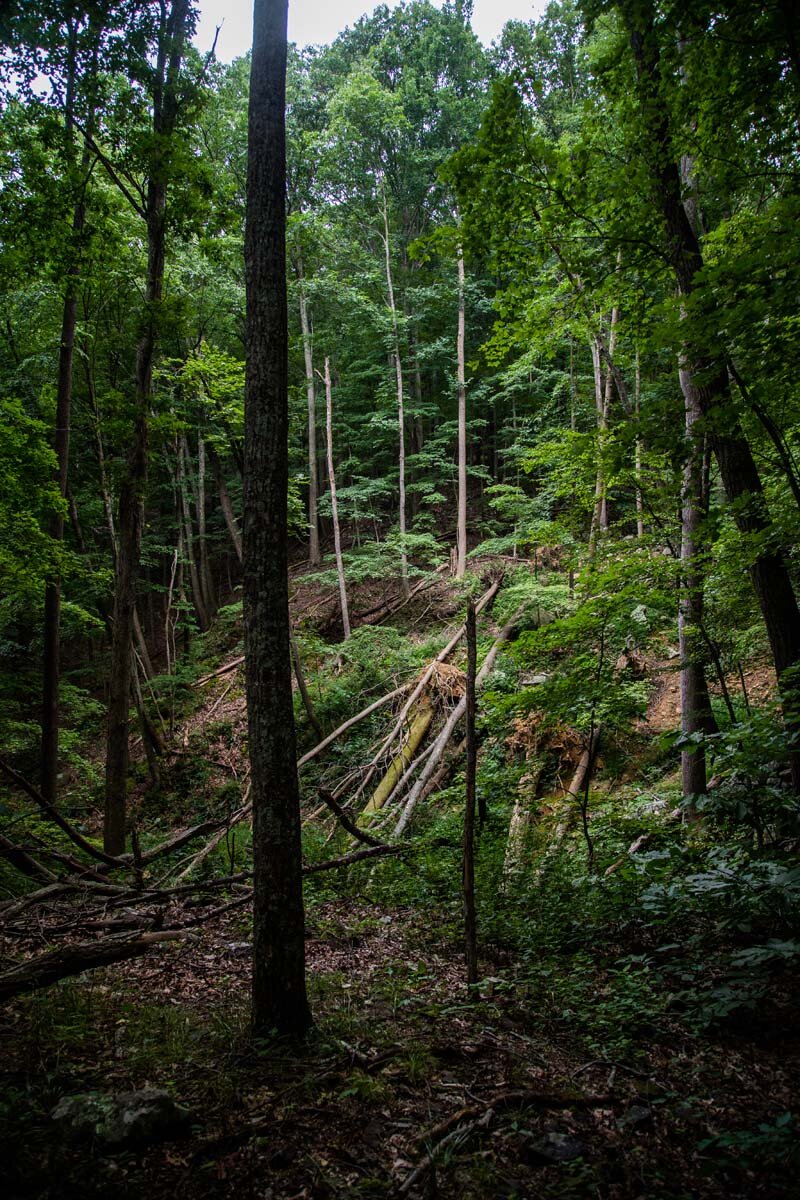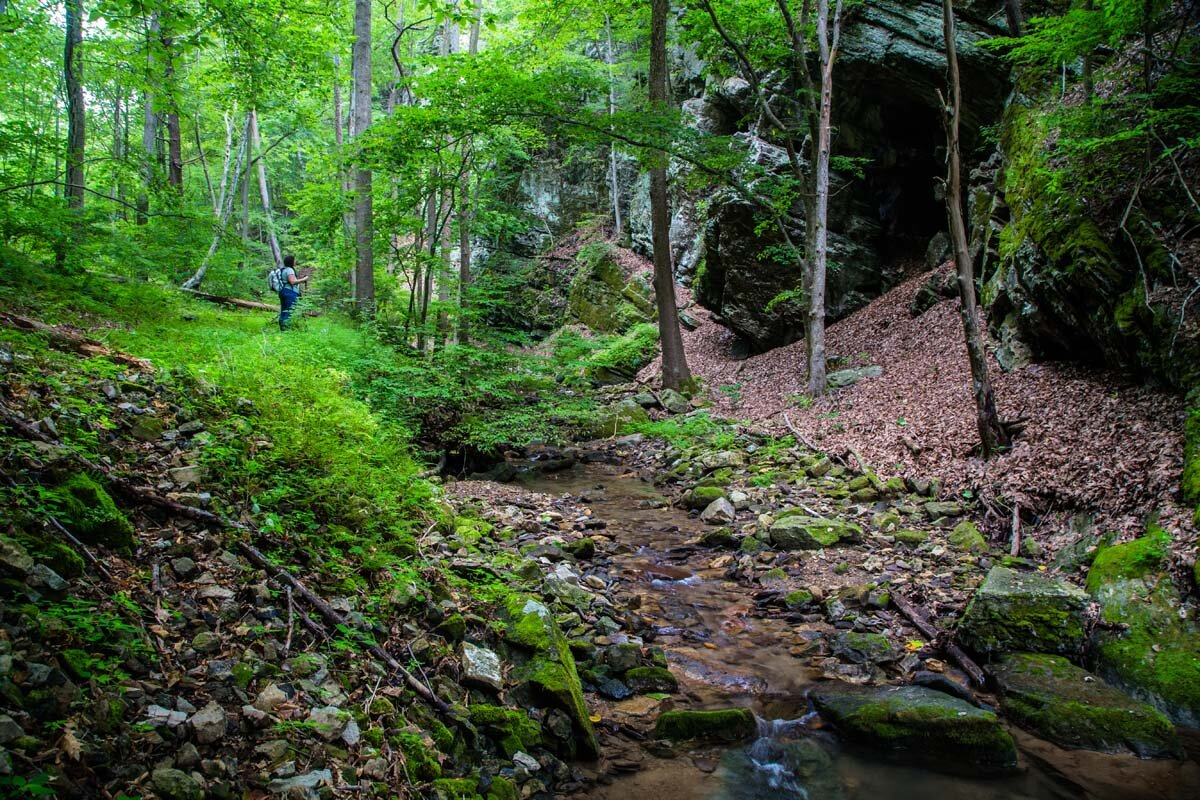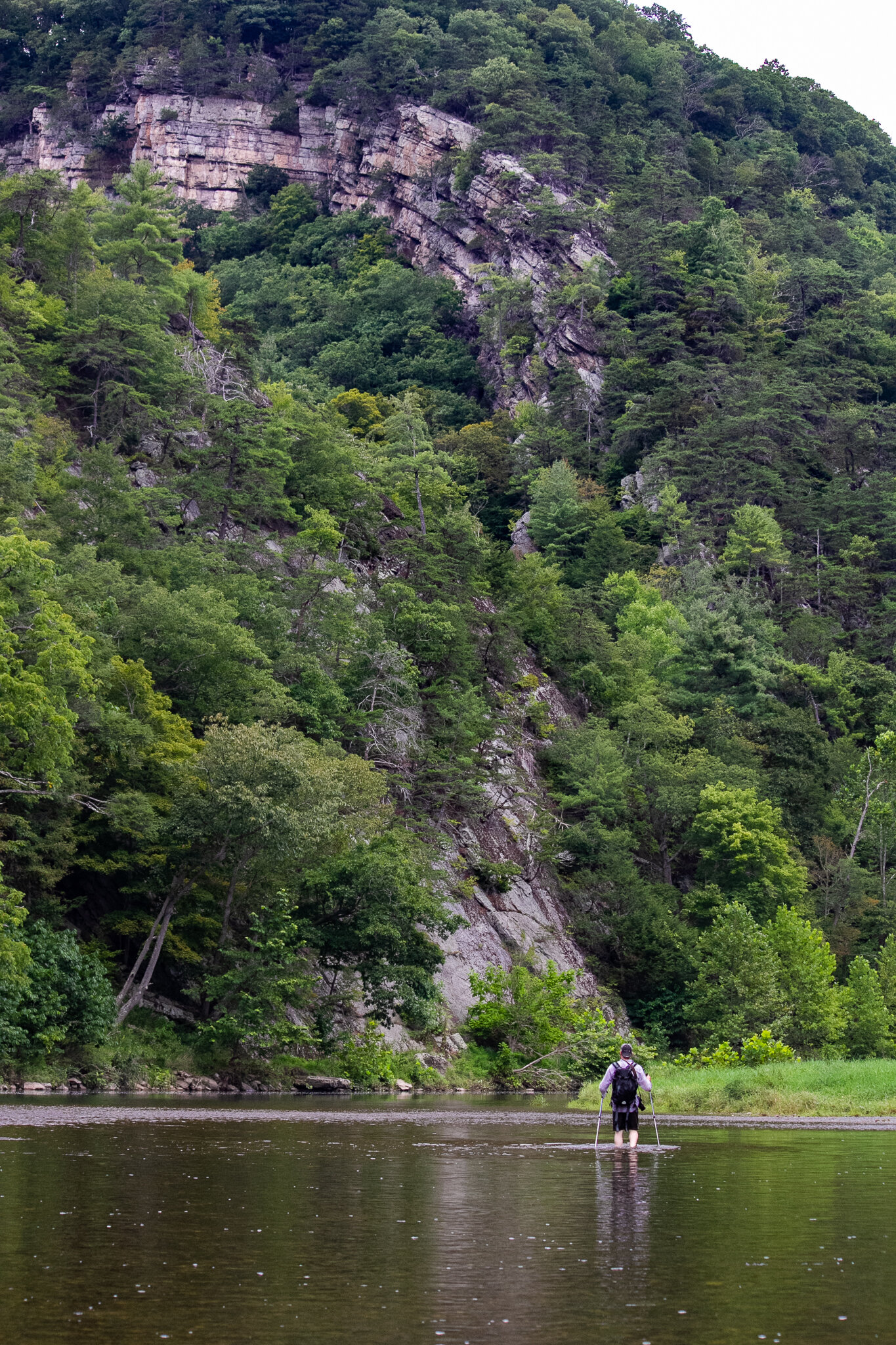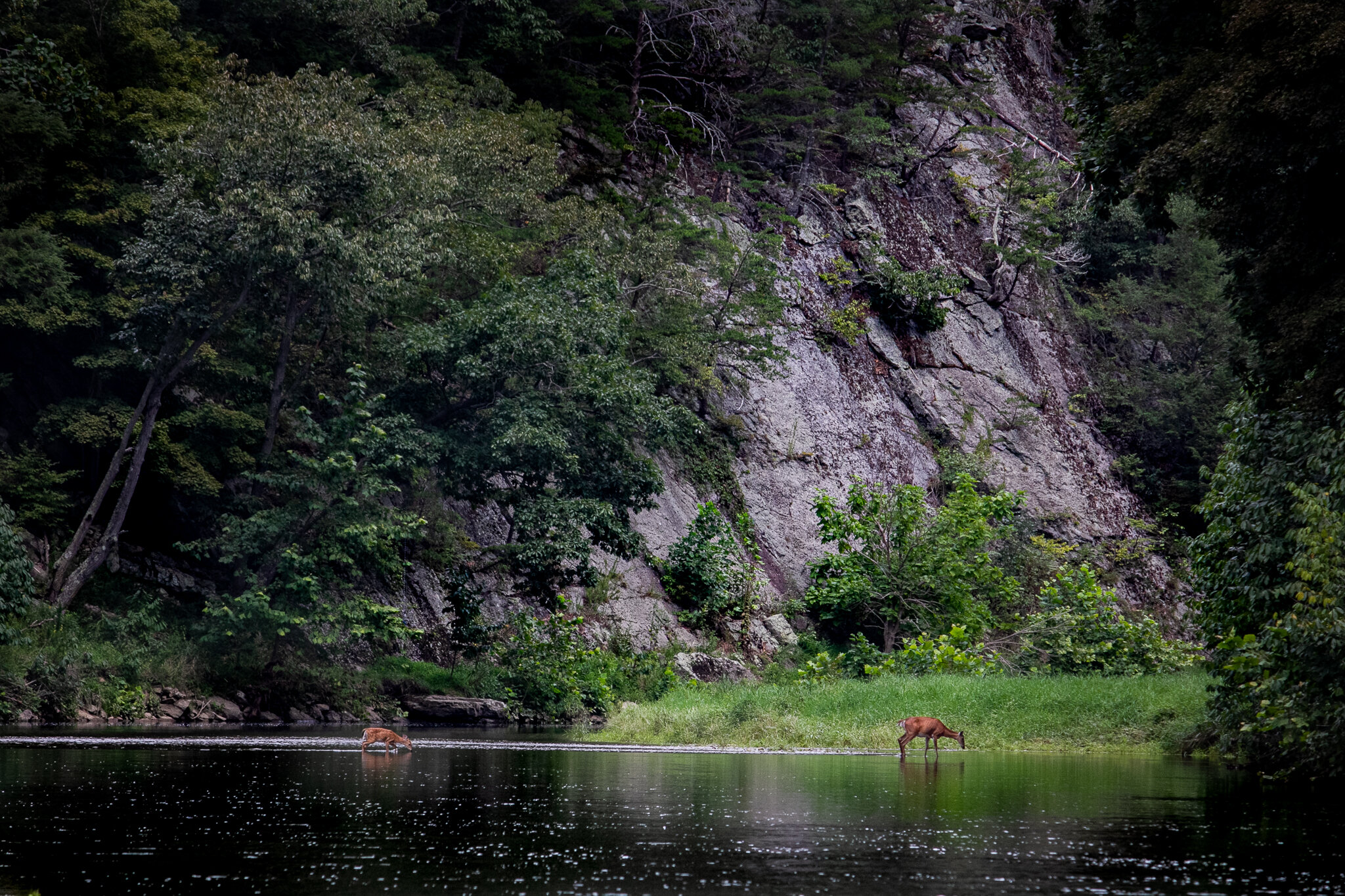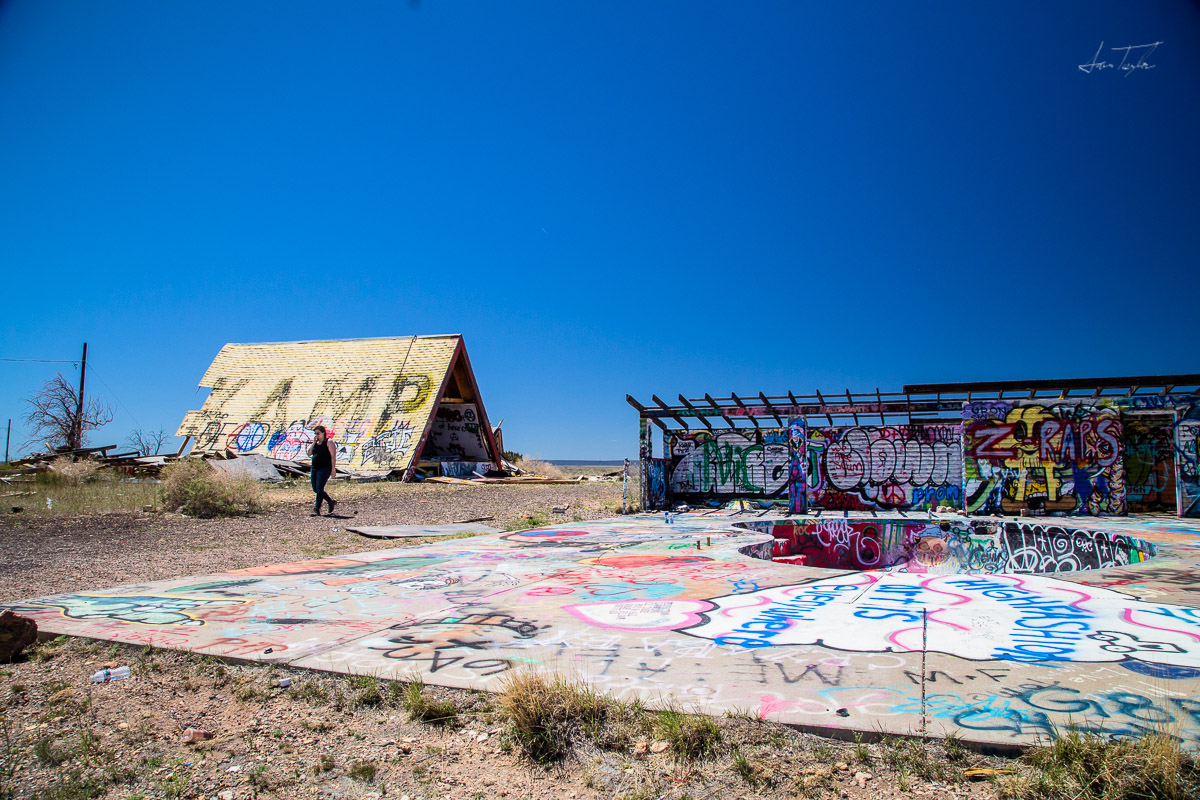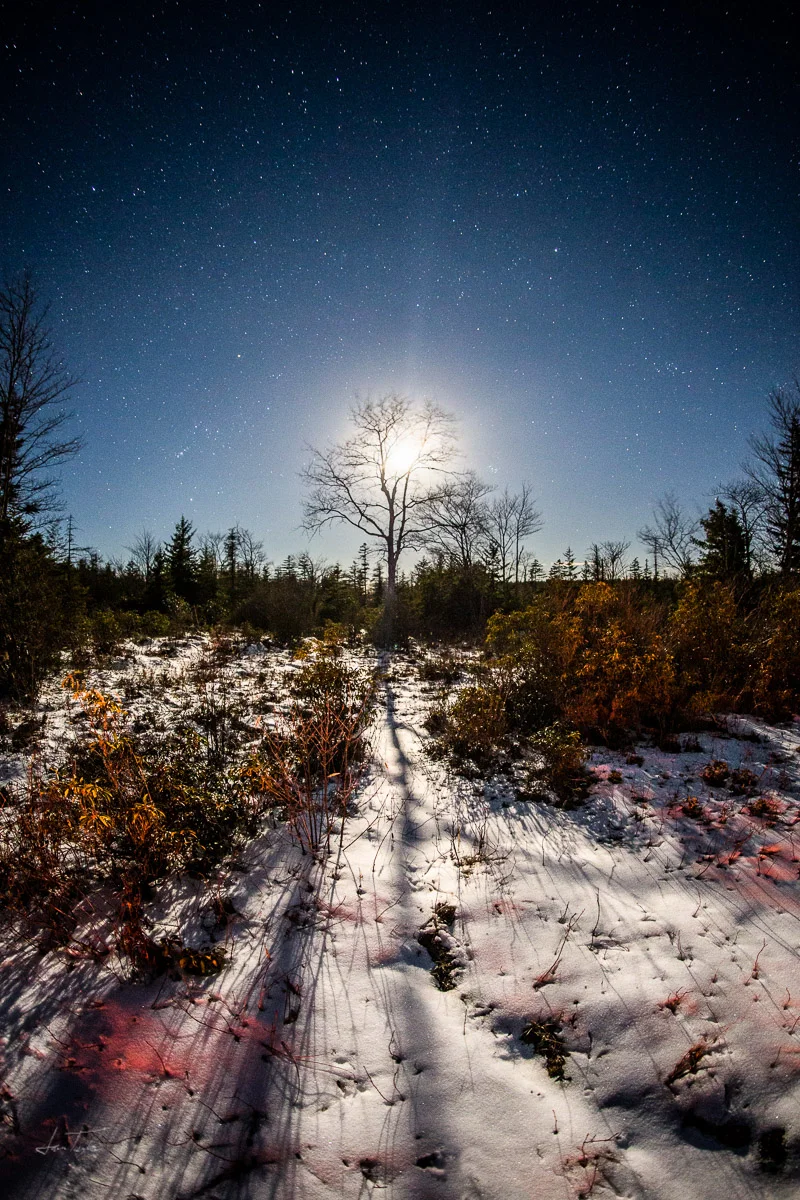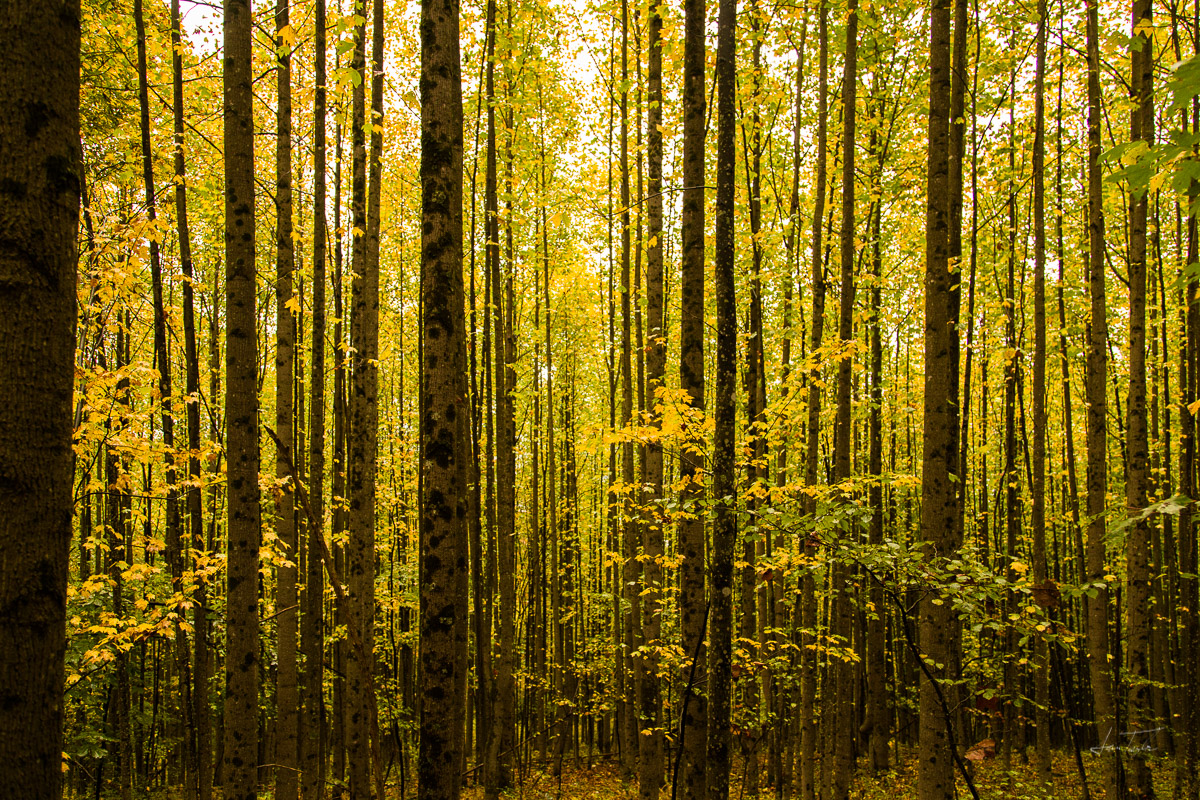The past year has been a lot. A lot of uncertainty, a lot of comprises, a lot of hard conversations about the future, our future, and what we want it to look like in the face of these uncertainties. But mostly, the past year has been a lot of change, a lot of change for everyone. Changes in our employment status or what our employment entails. Added difficulty to tasks that were before considered routine, mundane, and aggravating like grocery shopping and filling up the car with gasoline, how incredibly lucky I am to have ever found these tasks routine, mundane, and aggravating as there are so many folks out there who do not have the privilege of a two-income household, a stable partner, and/or a steady income of any kind. And of course the global anxiety associated with COVID-19 and the racial inequities in this country once again coming to a necessary head. Beyond these global changes, Sam and I have experienced some truly substantial personal changes that have added to the pressure of performance in this strange time. And I think he will agree with me when I say that I think we lost track for a minute there, I think we lost track of the thing that makes us keep going. We lost our driving force, our wanderlust, our primal nature to get deep down into a big section of forgotten land and prove to ourselves that we can be brave, tough, and resilient. This is the story of re-finding that force and looking back now, I’m not surprised that it was hiding at the bottom of Smoke Hole Canyon.
Sam and I are loading up the truck. We are leaving after work tomorrow. It feels a little strange to have Sam’s help packing. On most of our adventures for the last several years, I would have done it on my own. Blame it on a combination of my having worked only a few days a week and Sam trying to finish his PhD. But somehow I got used to packing alone, trying to think through all the possible necessities. Charging camera batteries. Checking for headlamps. Water. Food. Camping Gear. Loading it all up and impatiently waiting for Sam to get off work so that we could head out of town. But now, we both have day jobs and Sam is done with his PhD so here we are, packing together. I like it.
We are packing for an adventure we’ve been trying to execute for over 6 years. We are trying to get to Blue Rock in Smoke Hole Canyon. Here’s the catch, we are trying to do it over-land without needing a boat or a shuttle and without running into private land. All of the internet says this isn’t possible. The internet says it is too steep, that there are sections of the river bank that are sheer rock that run straight into the water. The internet says all of the routes that are feasible are landlocked by access issues. The internet says it is boat or bust. And while we don’t shy away from the boat or bust adventure, over the last 6 years the dryness of high summer makes the water too low to run and the coldness of the WV springtime leads to Sam, the reptile in our outfit, getting cold feet.
But we’ve devised a plan. A plan to hike down a small and steep drainage to the river and then, stealing a page from the canyoneering adventure book, hike the river. When I say hike the river, I mean we plan to actually be in the water with trekking poles and water shoes, waterproof dry-bags clinging to our backs. The hike is meant to be about 2.5 miles one-way and we are aiming to dedicate a whole day to this one mission. This seems like more than enough time as Sam and I have been regularly running 3 miles in under an hour all summer.
We sleep. We wake up and knock out a few last minute things before we head to work. 8 hours between us and our adventures. We get home and pack the truck to the gills. I make a pot of coffee and fill our travel mugs. Rolling out of town Sam says, “You know how we couldn’t reserve a campsite? I got us one, I sent an email and they called me back. It isn’t fancy but it’s flat and we know we’ve got a spot.” The windows are down and the music is up. “Hell yeah!” I shout back to Sam. The further we get from town, the more I feel the weight of so many months of grinding and pushing lifting off my shoulders.
We do one more weather check before we lose cell service. Rain expected tomorrow starting mid-afternoon. We will have to hustle.
We get to our flat spot and hand the proprietor a 20-dollar bill before setting up camp and cooking a very nutritious dinner of mac and cheese with sliced hotdogs thrown in. We drink beer and talk. We talk about life and COVID-19 and our five-year plan and retirement. We know we want to get up early but we are enjoying the night too much to worry about sleep. We talk for a long time. The sky is dark enough that we can see stars even through the heavy haze that keeps blowing around in the canyon above the trees.
We finally climb into the tent and drift off. We wake up the next morning to our alarm and get moving. Coffee. Breakfast. Pack food for the adventure. Get dressed. Pack up the tent. Rain fly is wet from condensation, lay it out to dry. Get our dry bags organized and ready for the adventure. Pack dry clothes and shoes in a separate bag to leave on the bank before our first river crossing. Drive to the trailhead. Well, not a trailhead really. More of a wide spot. A very specific, predetermined wide spot whose accuracy is confirmed using our back country GPS. Lock the truck. Lock the tailgate. Go.
We cross the road and start down into the woods. The terrain is steep and I can feel my body working to control my weight as I walk. We follow an old road grade and I wonder aloud how it must have been back in the days of wagons and horses. Did they have a pulley system rigged up? How did they brake? Sam of course has answers to all of these questions, always the engineer. We follow the grade until we cross the drainage. It is steep but manageable until we come to a small section of earth that has let go of the mountain, slumped and taking several trees with it. I climb up the loose rock and mud and walk right into a spider web. I crinkle my nose and keep moving. It is slick, rocks break loose under my weight and roll down the mountain. Sam waits off to the side and watches them roll by. When I’ve turned and started across the hill again, Sam follows.
We trek down down down into the canyon. Big walls of rock appear on each side of the drainage before we finally break into Smoke Hole and see the water of the Potomac flowing in front of us. There is a large water-filled hole where the drainage joins the river and Sam and I assess our plan. We trade our hiking boots for water shoes, our pants for shorts. I grab our first snack and we do a time check. We started the hike at 8 a.m. It is already 9:30. and that was just the descent. We both snack and start to realize how big our day could be.
We focus on the mission and stash our dry clothes and boots behind a rock. “The sky isn’t inspiring confidence,” Sam says as we take off down a narrow and muddy fishing path on our side of the river, trekking poles in hand. I step carefully, avoiding nettles against my bare legs. I watch for snakes against the wall of rock the earth below me is barely clinging to. I take another step and the mud melts under my feet. I make fast steps and Sam follows until we get to a wider grassy landing, I turn around to see our progress and we’ve gone maybe 20 yards.
I scan the water from the landing and find what looks like a shallow spot another 40 yards up. We go fast, crashing through tall weeds and god-knows-what until I finally see a somewhat-achievable spot to get in the water. Sam leads us and pauses for second while throwing his arms around in front of him, “Spider web,” he says and we drop down into the cool water. I feel all kinds of unknown plant debris rinse away in the water. For a long time, we work to stay in the river, it is more forgiving than the banks. The current is fast and as we walk up river it makes a lot of noise against our stubborn forms. We press against the water until Sam sees a large landing across the river where we can cut some distance by hugging the bottom of the hillside. We start across and the water gets deep quickly. Every step I feel it inching higher until it hits my belly button. We keep moving and make it to the other bank.
Sam finds another old grade for us to follow, also littered with cobwebs. We make fast work of the landing and run out of ground and find ourselves stepping into the water again. We go for a while and then have to cross to another landing. The water isn’t as deep here and we shove our legs forward, feeling our trekking poles vibrate against the flow. We cross again and we start to see what we are looking for peeking through the trees. The river gets rough here and we climb onto the bank again. There are big piles of driftwood we have to navigate. I am bumbling through trees and thrashing around limbs.
As I climb over the piles and see Blue Rock appear in front of me, I start to cough hard and struggle to breathe. I’m allergic to something in the piles. I look at my clothes and I’m covered in some kind of pollen or mold-like substance. I aim for the fast water above the rough section and shed my back pack before throwing myself in the river and scrubbing at my clothes, coughing and hacking the whole time. What a wild place to have an allergy attack. I get myself gathered up before Sam and I do our final crossing to the giant clear landing below Blue Rock.
After I get to land, I stare up at the impressive wall, one sheer face making up an entire mountainside. We take off our gear and wander for a few minutes. There are cedar trees and wildflowers and butterflies. There is a small fire ring and a few chairs made of stone by humans before us. We eat a snack and drink some water and do a time check. 11:30. We have to keep moving to beat the rain.
We slide our packs on again and aim for the water. Walking down river is easier, the current helps our legs glide. Having navigated the landings already, we cross them quickly. We keep our cameras out and slung over our shoulders most of the way. Trekking along, Sam spots a doe and fawn crossing the river below us. I lift my camera to my face and work my zoom. I snap several photos. Sam laughs and says, “There, let’s cross right there, where even a baby fawn can make it!” We laugh and aim for that spot. River wide the water is only 6-8 inches deep the whole way.
We are getting close to the drainage we walked down and will need to make it back across one more time when I start to feel rain drops. Sam goess for the bank but I stay in the water. I work a small rock bar but it slowly gets deeper and deeper. I pause and fumble my camera back into my dry bag. I cinch it down tight. I walk forward and feel the water against my ribs. I see deep blue green in front of me and I know it is going to be hard work to get back across. Sam has climbed into the water now and I can hear panic growing in his voice. I’m the swimmer in this outfit and I go into problem solving mode.
“Sam, take off your bag, tighten all the straps, I’m taking the bags across.” I give Sam my trekking poles and he hands me his pack. I grab both of them by their top handles and stick my arm up out of the water high above my head. I give a big kick and swim hard across, keeping the bags up. I drop them off, shed some layers of clothing and dive back in to get the trekking poles. I follow Sam closely as he swims across. “Keep going Sam, there’s nothing dangerous below here. If you cross a little lower, it is ok.”
We both make it to the other side and Sam volunteers to grab our dry clothes. We both forgot towels so we air dry first. We eat our last snack and drink some coffee that we stashed. We slide into our warm, dry clothes and I turn and look at the Potomac one last time before we start our climb out. Our lady, the Potomac.
We pump our tired legs up the mountain and come to the grade we walked in on. I lead and take breaks every so often when my legs get too jello-y. Sam uses the time to roll big flat rocks down the hill on their edges, watching them crash through the leaves and seeing how far they will go. We walk and walk, what felt short this morning now feels never-ending. But it is almost good, because I don’t want it to end really. We walk and I spot a big pot of mud in the leaves. I grab a rock and throw it with verve. It lands in a satisfying splat.
We keep going and I see the truck. Determined I say, “I’m aiming for the road.” I turn off the grade toward the road and walk straight into a huge spider web. I laugh and say loudly to Sam, “Spider web!”
We get to the truck, sit on the tailgate, each crack open a beer and check the time. 3 p.m. Sam looks at his GPS trek for the mileage. 6 miles. 6 miles in 7 hours. 1,300 feet of elevation gain. We unpack and choose a direction to head. We climb in the truck and talk about our adventure, both of us knowing already that this is going to be one we always remember. Even if we end up boating to Blue Rock one of these days. Even if we hike this drainage again. We will always remember this one because it was hard enough to remind us that we are brave, tough, and resilient. And right now, that is what the world requires most.
Sam in his natural habitat.
Steep.
Packing up camp.

